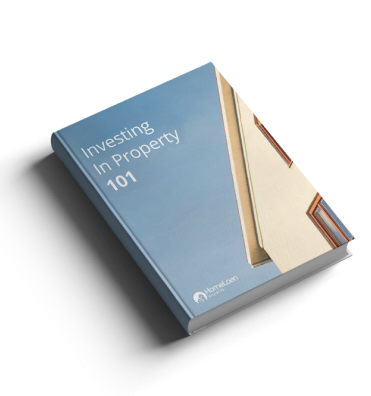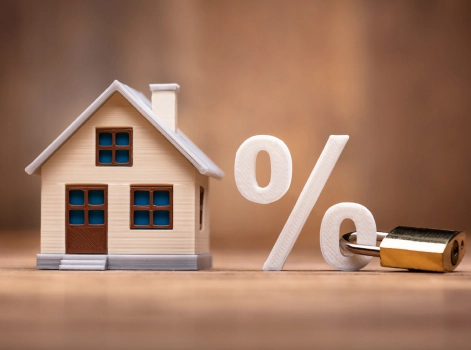The main difference between rental yield and capital growth is the way they generate returns on your property investment. Rental yield provides short-term income through rent, offering steady cash flow, while capital growth builds long-term wealth by increasing the property’s value. Investors should assess their financial situation and goals to decide which strategy suits them best, as each has distinct benefits and risks.
Understanding the differences between rental income and capital growth will help you make a well-informed investment decision.
What is Rental Yield?
Rental yield is a measure of the return on your investment from rental income. It is a comparison of the cashflow of the property to the cost of owning it, expressed as a percentage. Understanding what it is and how to calculate it is necessary for shaping your investment goals.
If you have a hard time covering the costs of owning a property or don’t have a large deposit saved up, a rental-yield strategy might be right for you.
Property Investment Guide 101
Learn the ins & outs of investing in properties from an experienced property investor and founder of Home Loan Experts, Otto Dargan.

Pros And Cons Of A Rental-Yield Strategy
| Pros | Cons |
|---|---|
| You can generate positive cashflow | You have to pay taxes on the rental income generated |
| It is a means of earning money from property investment when you don’t have much equity | The kinds of properties that support this strategy are those found in regional areas or mining towns where growth tends to be slow compared with metro-area suburbs |
| Surplus rental income can pay down your mortgage, allowing you to increase the equity in your investment property | Banks will not lend for purchases of properties to be used for this strategy in areas where the risk of default is found to be higher |
| You can borrow with a lower deposit to buy a suitable property for less in greater-metro areas | Tenancy problems can leave the property vacant for too long |
What is Capital Growth?
Capital growth is an increase in the value of an investment over time. Building capital can be a long-term strategy that requires patience, although Australia’s real-estate market has been hot enough at times to generate substantial capital growth quickly. You make money by buying and holding onto the property until its value increases, then selling.
This strategy protects your wealth against inflation. Suppose you place cash in a savings account. Rarely would your money earn interest at a rate well above that of inflation. In Australia, residential property frequently gains in value at a rate well above inflation
A well-chosen property will have the potential to earn rental income and achieve capital growth. If you can afford management fees and mortgage repayments, then a capital-growth strategy might be the best choice for you.
Pros And Cons Of A Capital Growth Strategy
| Pros | Cons |
|---|---|
| The properties are not as vulnerable to economic shocks. | The prices for properties expected to show capital growth are usually higher. |
| Consistent capital growth over a longer term builds equity. | As the purchase price is usually higher, you end up paying more on stamp duty and land tax. |
| You can often generate equity in the short term as well. | There’s no guarantee of capital growth in the short term, so you might have to hold the property for a long time to make a profit. |
| You enjoy tax benefits, like deductions for negative gearing and delayed capital gains tax. | If your property portfolio is overexposed, then some lenders might not approve your loan. |
Which Is Better: Rental Yield or Capital Growth?
If you’re having trouble deciding whether a capital-growth or rental-yield strategy is best for you, Home Loan Experts can help. Call us at 1300 889 743 or enquire online to find out which lenders can help with your investment loan.
| Capital growth | Rental yield |
|---|---|
| While you may not gain significant cashflow, you have the potential to earn a big profit when you sell your property. | You receive a steady cashflow (provided your property is positively geared). |
| You look for properties in areas that will increase in value. | You look for properties in areas that have great appeal to tenants. |
| Properties are usually located in high-demand suburbs. | Properties are usually outside metro areas, where property is more affordable and rental return is high. |
| Associated with high entry costs, as you need to budget for stamp duty, which increases with the price of the property. | Rent payments will cover the ongoing costs of owning property but you pay tax on rental income. |
Need Help With Your Investment Loan?
If you’re having trouble deciding whether a capital-growth or rental-yield strategy is best for you, Home Loan Experts can help. Call us at 1300 889 743 or enquire online to find out which lenders can help with your investment loan.
